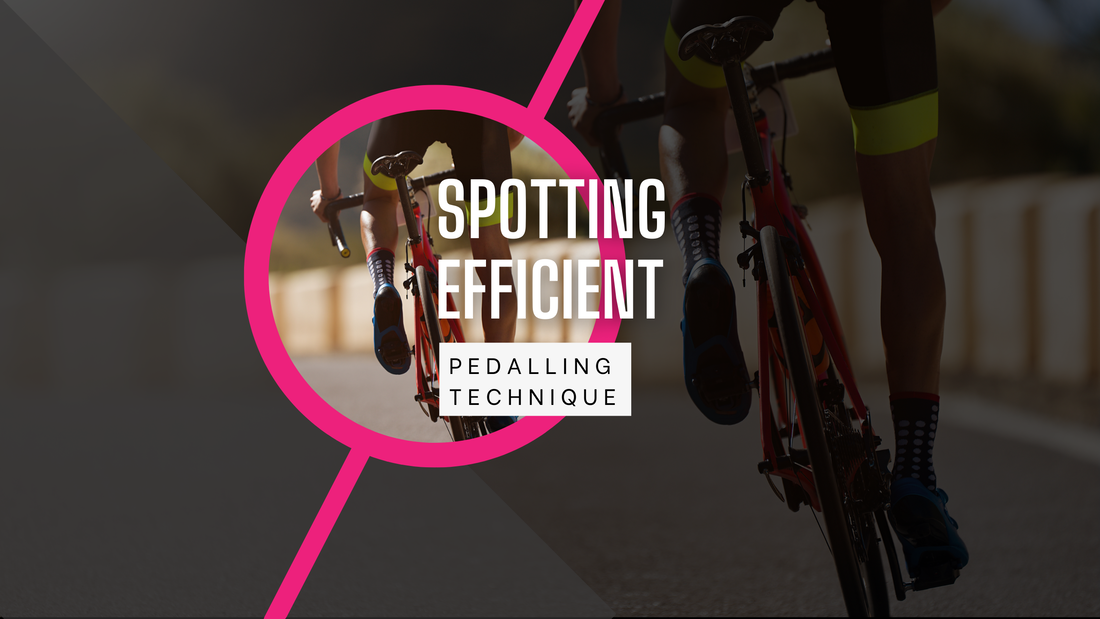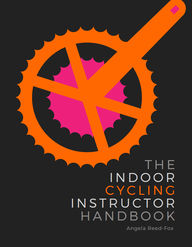- ICI staff Efficient pedalling technique is essential for cyclists (both indoors and outdoors) to achieve their maximum potential and improve their strength and performance. An efficient pedalling technique allows generate more power with less effort and reduces the risk of injury. Equally, an inefficient pedaling technique can lead to decreased power output, discomfort, and injuries — and a frustrating lack of results. Signs of an efficient pedalling technique:
0 Comments
Leave a Reply. |
Categories
All
|
Quick links
Get started
|
Find what's right for you
|
Courses
|
Further learning
|
More
|
The Indoor Cycling Institute provides the most comprehensive and up to date indoor cycling instructor training; providing entry-level courses, and further education to raise the standard of instructors.
© 2014-2024 Protheorem Ltd
The Indoor Cycling Institute is owned and operated by Protheorem Ltd Registered in England & Wales, Company number 12812092
The Indoor Cycling Institute is owned and operated by Protheorem Ltd Registered in England & Wales, Company number 12812092




